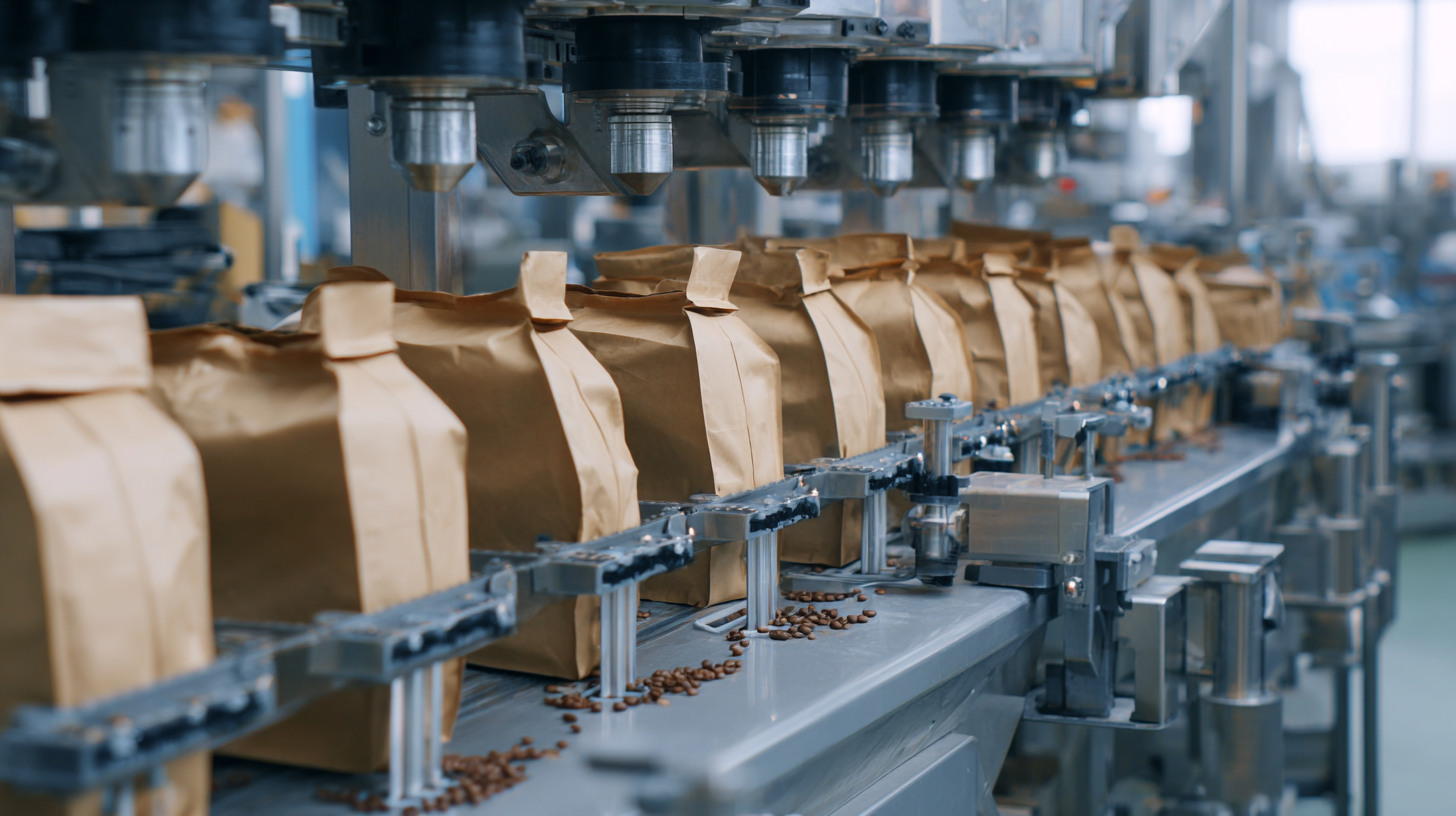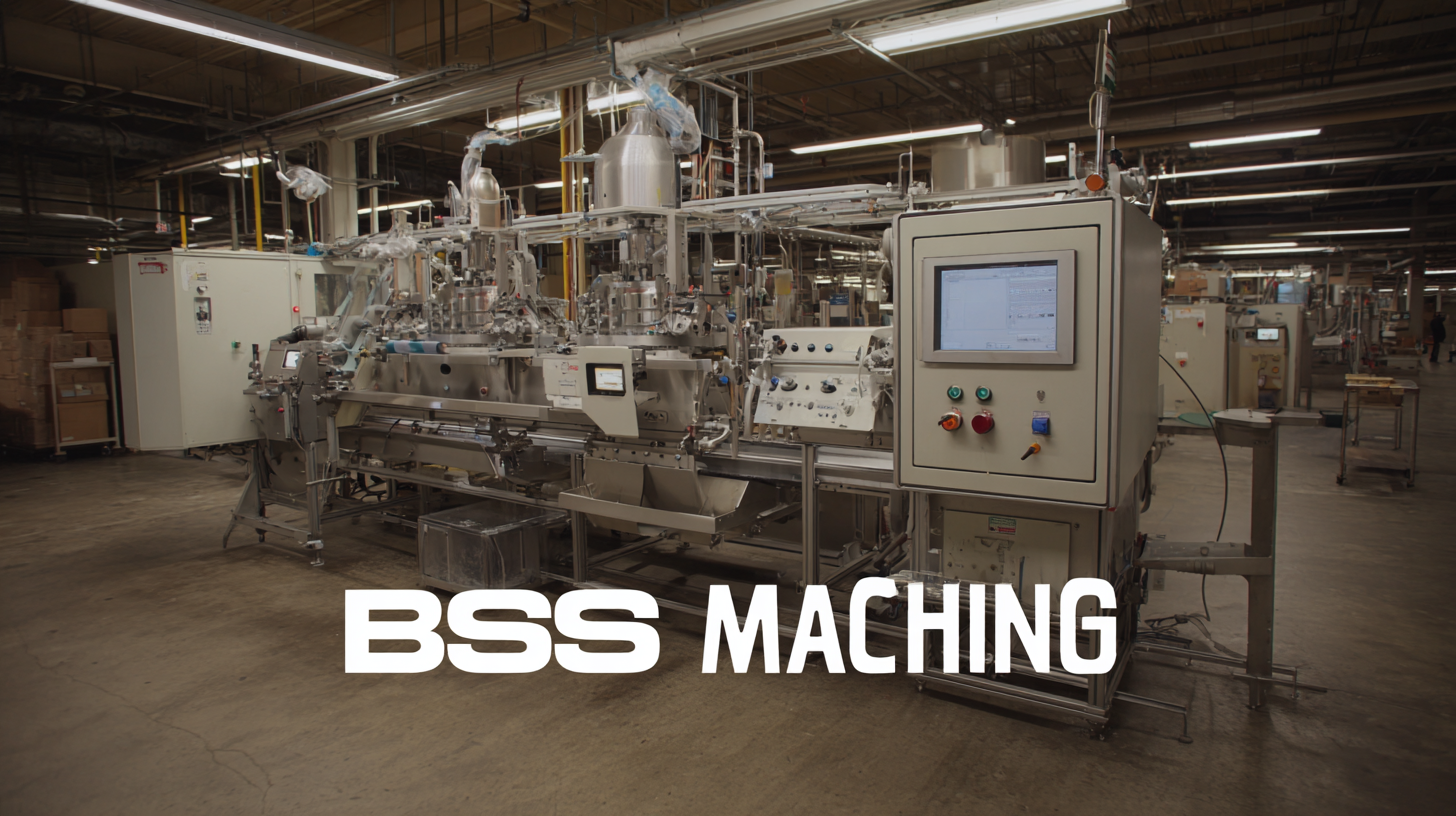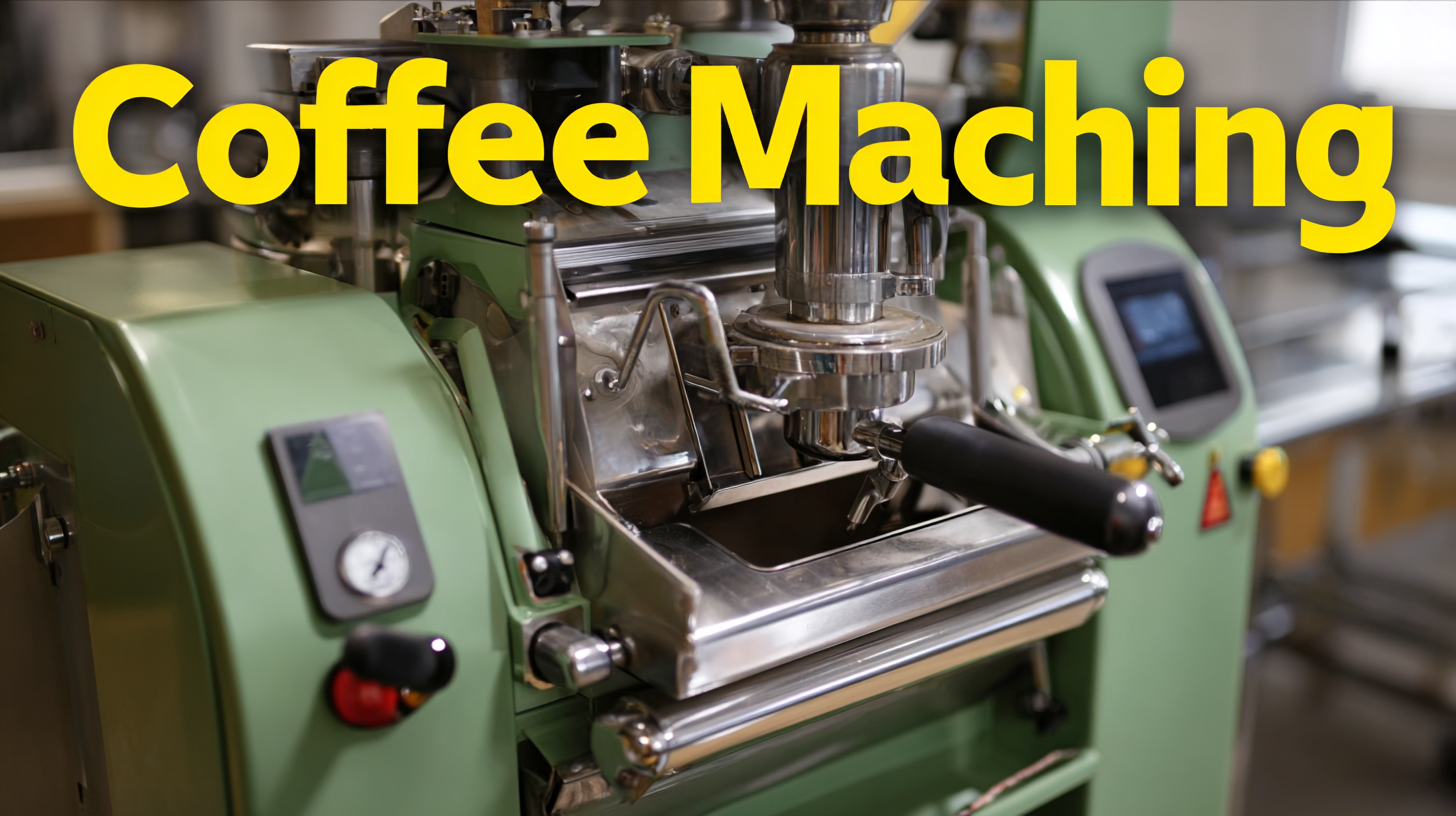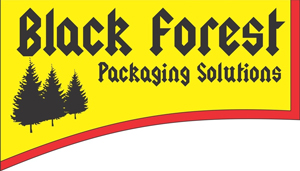Understanding Industry Production Standards for the Best Coffee Bagging Machine Solutions
In the competitive world of coffee production, ensuring the highest quality of packaging is essential for maintaining freshness and flavor. This is where understanding industry production standards for the best coffee bagging machine solutions becomes critical. A well-designed coffee bagging machine not only enhances efficiency in the packaging process but also safeguards the integrity of the product, ultimately impacting customer satisfaction and brand reputation.

In this tutorial, we will delve into the essential features and specifications that characterize superior coffee bagging machines, examining how they meet industry standards and contribute to the overall success of coffee businesses. By the end of this guide, you will have a clearer understanding of how to choose the right coffee bagging machine that aligns with both your production needs and quality expectations.
Understanding the Key Elements of Industry Production Standards for Coffee Bagging Machines
When it comes to selecting the best coffee bagging machine, it's crucial to understand the key elements of industry production standards that govern the quality and efficiency of these machines. These standards ensure that the equipment not only meets safety and operational requirements but also aligns with the expectations of quality coffee packaging.
Key factors include weight accuracy, bag integrity, and speed of operation. A machine that adheres to high production standards minimizes product loss and maintains the freshness of coffee, thus enhancing the overall customer experience.
Another important aspect of industry production standards pertains to the durability and materials used in coffee bagging machines. Machines built with high-quality components tend to offer better performance and longevity. Additionally, compliance with health and safety regulations is essential, as it protects both the product and the workforce involved in manufacturing. By understanding these critical elements, coffee producers can make informed decisions that lead to more efficient operations and superior packaging solutions.
The Role of Automation in Enhancing Coffee Bagging Efficiency
Automation is transforming the coffee bagging process, enhancing efficiency through the integration of cutting-edge technologies. As the packaging industry shifts towards Packaging 4.0, innovations such as Artificial Intelligence (AI), the Internet of Things (IoT), and robotics are becoming essential for optimizing operations. A report from industry analysts suggests that implementing automated systems can reduce labor costs by up to 30% while increasing throughput by 25% in coffee packaging facilities. This is particularly significant as the demand for specialty coffee rises, with products needing to meet stringent quality standards that define specialty-grade coffee, typically scoring 80 points or more.

Moreover, automation not only streamlines processes but also promotes sustainability. By employing smart packaging technologies, companies can minimize material waste and improve recycling rates, aligning with the industry’s growing environmental concerns. Strategies such as advanced material optimization and real-time monitoring facilitated by IoT devices enable producers to monitor and adjust their operations dynamically. This holistic approach to automation not only meets the evolving needs of consumers but also ensures quality and consistency in coffee bagging that is crucial for maintaining market competitiveness. The integration of these technologies is not just an upgrade; it's a fundamental transformation that shapes the future of the coffee industry.
Evaluating Material Compliance: Ensuring Quality Coffee Bagging Solutions
When it comes to coffee bagging, ensuring that materials comply with industry standards is crucial for both quality and safety. The choice of packaging materials directly affects the preservation of coffee flavor and aroma. For instance, using materials that meet food safety regulations ensures that no harmful chemicals leach into the coffee during storage. This compliance not only safeguards the coffee's integrity but also builds consumer trust in your brand.
Additionally, evaluating material compliance is essential for optimizing the bagging process. Advanced coffee bagging machines that utilize eco-friendly and recyclable materials can enhance sustainability efforts, attracting environmentally conscious consumers. Moreover, selecting compliant materials can also streamline operations, as manufacturers often face fewer disruptions when using standardized materials that align with regulatory requirements. Investing in the right coffee bagging solution that prioritizes material compliance will ultimately lead to higher quality products that stand out in a competitive market.
Understanding Industry Production Standards for the Best Coffee Bagging Machine Solutions - Evaluating Material Compliance: Ensuring Quality Coffee Bagging Solutions
| Dimension | Standard/Specification | Material Type | Compliance Status | Notes |
|---|---|---|---|---|
| Thickness | 0.1 mm | Polypropylene (PP) | Compliant | Tested for durability |
| Sealing Strength | 5 kg | Kraft Paper | Compliant | Meets industry standards |
| Barrier Properties | Oxygen Barrier | Metallized Film | Compliant | Protects freshness |
| Recyclability | 80% | LDPE | Compliant | Environmentally friendly |
| Chemical Resistance | Meets ASTM D1005 | Polyethylene (PE) | Non-compliant | Requires improvement |
Top Features to Look for in a High-Quality Coffee Bagging Machine
When selecting a high-quality coffee bagging machine, it's essential to understand the key features that can enhance production efficiency and ensure the best results. Firstly, precision is paramount; an accurate weighing system allows for consistent portioning of coffee, which is critical for maintaining quality and managing inventory. Look for machines that incorporate advanced technology for automatic calibration, ensuring every bag meets the desired specifications.

Another vital feature is versatility. A top-tier coffee bagging machine should be capable of handling various bag sizes and types, from single-serve pouches to larger bulk bags. This flexibility accommodates different market needs, especially in regions like Yunnan, where the coffee industry is increasingly focused on high-quality products. Additionally, speed and ease of use are crucial; machines that streamline the bagging process while requiring minimal training for operators can significantly boost productivity. With these features in mind, businesses can invest in a coffee bagging solution that aligns with industry standards and enhances their product offerings.
Aligning Your Coffee Production Goals with Industry Standards and Innovations
Aligning your coffee production goals with industry standards is essential for maximizing efficiency and quality. According to a report by MarketsandMarkets, the global coffee machine market is expected to reach USD 12.61 billion by 2025, growing at a CAGR of 6.5%. This growth is driven by innovations in coffee processing technologies that enhance the capabilities of coffee bagging machines. Understanding these advancements can help coffee producers choose the right equipment that aligns with their production objectives while adhering to industry standards.
Moreover, adherence to industry standards, such as those outlined by the Specialty Coffee Association, ensures that coffee producers maintain high-quality product consistency. For instance, a study revealed that companies optimizing their bagging processes improved their production efficiency by nearly 30%. By implementing advanced bagging solutions that comply with these standards, producers not only boost productivity but also remain competitive in a rapidly evolving market. Thus, aligning your coffee production goals with these industry standards and innovations is crucial for sustaining growth and meeting consumer demand.
